Porsche 356 Buyers Guide
The Porsche 356, renowned as Porsche’s first production car, is a classic that embodies the heritage and design philosophy of the iconic brand. Its production spanned from 1950 to 1965, and throughout this period, the 356 evolved through various models and variants, each possessing unique characteristics and historical significance.
The Evolution of the Porsche 356
Porsche 356 (1948-1955)
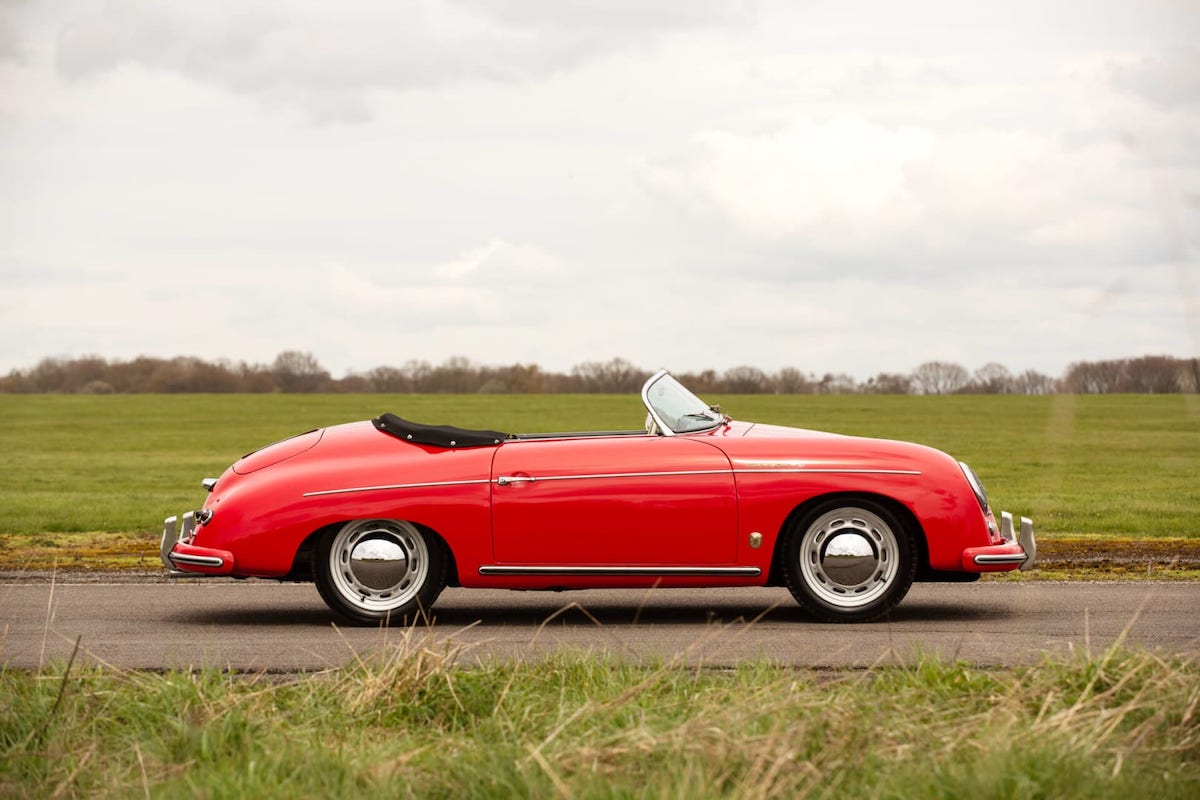
The first model, simply known as the 356, debuted in 1948. Initially featuring a split windscreen, it was later updated to a bent windscreen in 1952. This model laid the foundation for Porsche’s design and mechanical ethos, characterized by its lightweight construction, rear-engine, and rear-wheel-drive layout.
Porsche 356A (1955-1959)
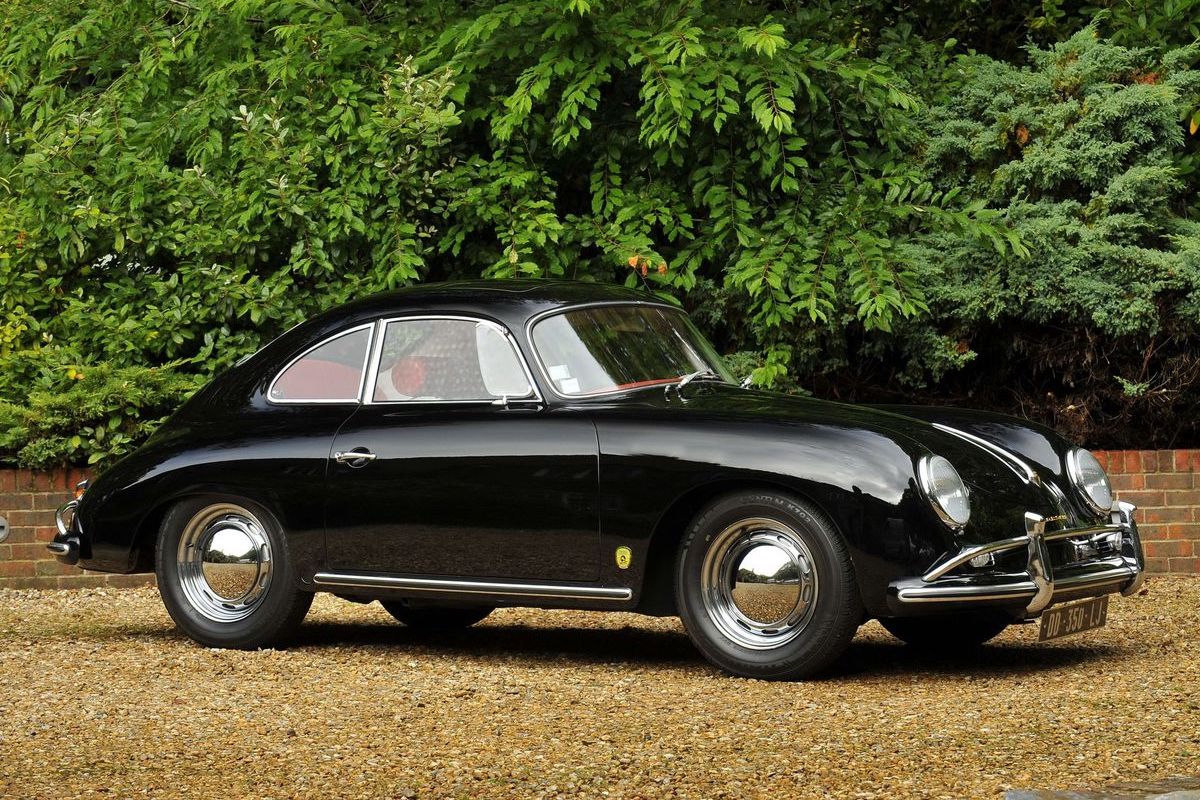
This variant marked the first major revision of the Porsche 356 for sale. It introduced numerous technical refinements while maintaining the original’s classic lines. Notably, the 356A was the first street-legal Porsche to sport the Carrera engine, offering enhanced performance and driving dynamics. This period also saw the introduction of different body styles, including the Convertible D (a successor to the Speedster) and the Hardtop Coupe.
Porsche 356B (1959-1963)
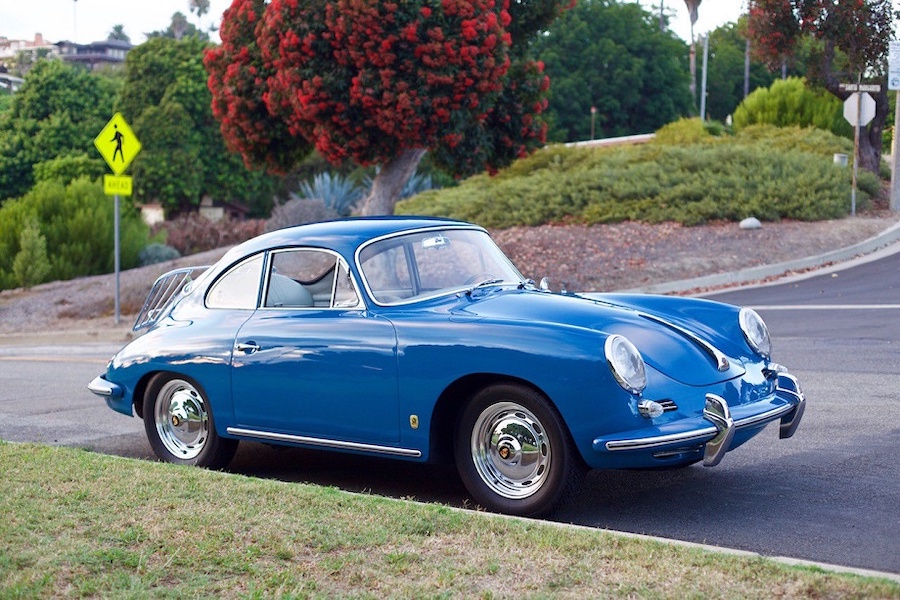
The 356B introduced more significant styling changes. It featured higher bumpers and headlights, a more pronounced front hood, and a larger rear window in the coupe version. The model was further subdivided into T5 and T6 sub-categories, with the T6 models offering twin engine lid grilles, external fuel filler in the right front wing, and larger windows. The 356B also continued to offer various body styles, including the Roadster, replacing the Convertible D.
Porsche 356C (1963-1965)
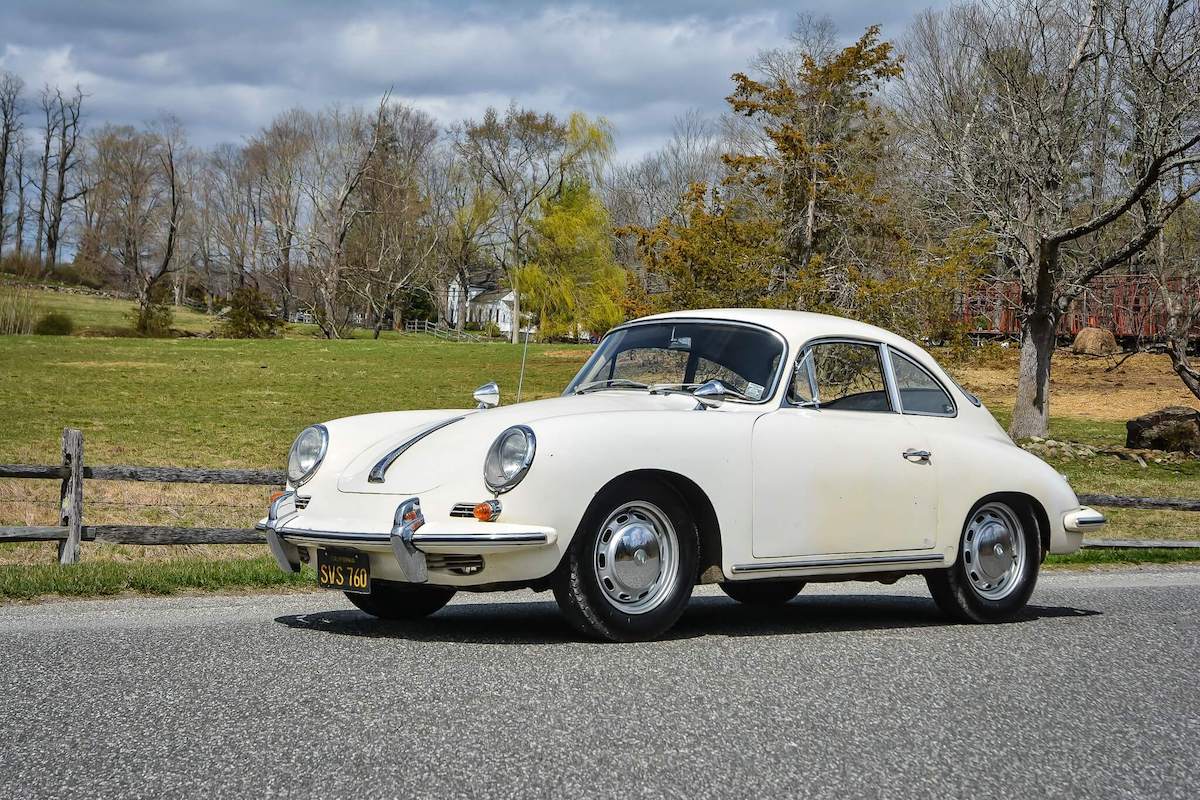
The final iteration of the 356, the 356C, included notable technical advancements. The most significant was the introduction of four-wheel disc brakes, a first for Porsche. The 356C also featured a more powerful engine, the SC, with up to 95 hp, providing improved acceleration and top speed. This model was produced simultaneously with the early versions of the Porsche 911, signaling the end of the 356 era.
Special Variants and Models
Porsche 356 Speedster
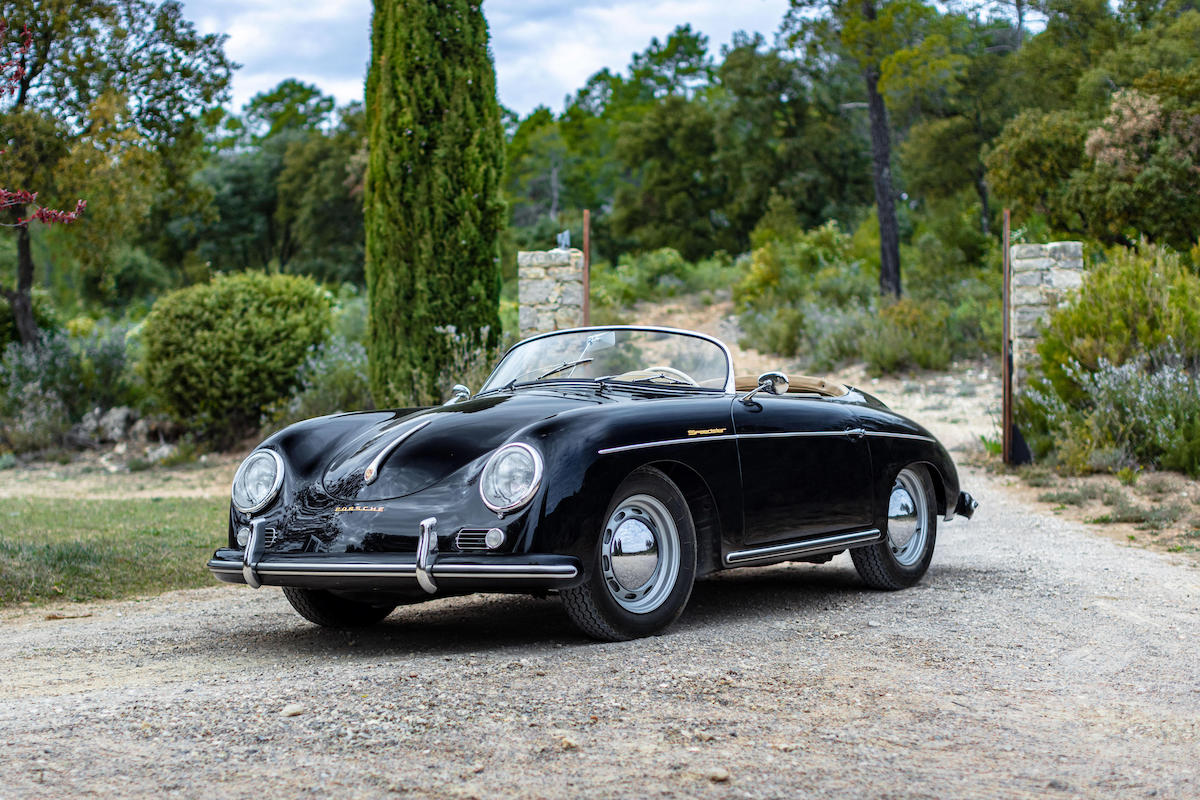
Introduced in 1954, the Speedster was a lower-cost, simpler, and more racetrack-focused version of the standard 356. It featured a lower windshield, minimal interior, and a lightweight canvas top, making it popular among American enthusiasts.
Porsche 356 Convertible D
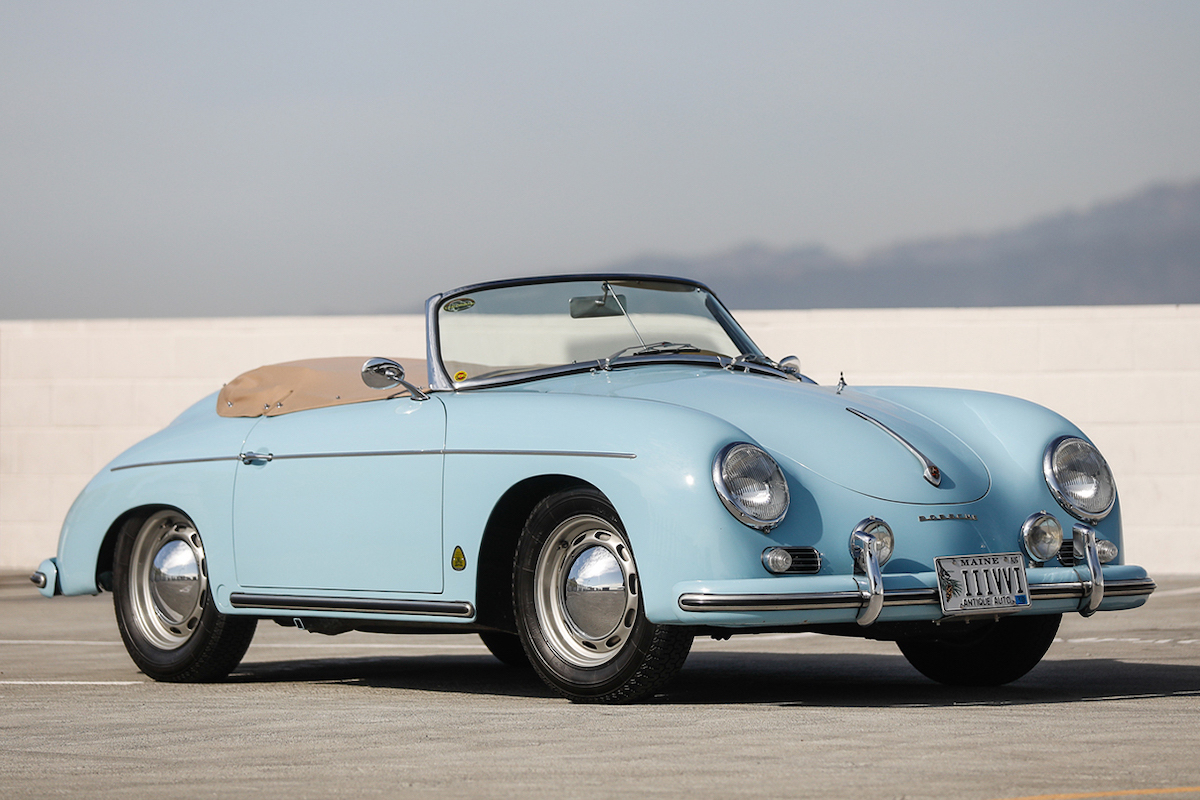
Produced for a short period between 1958 and 1959, the Convertible D was a more practical and comfortable version of the Speedster, offering a taller windshield and roll-up windows.
The Carrera Models
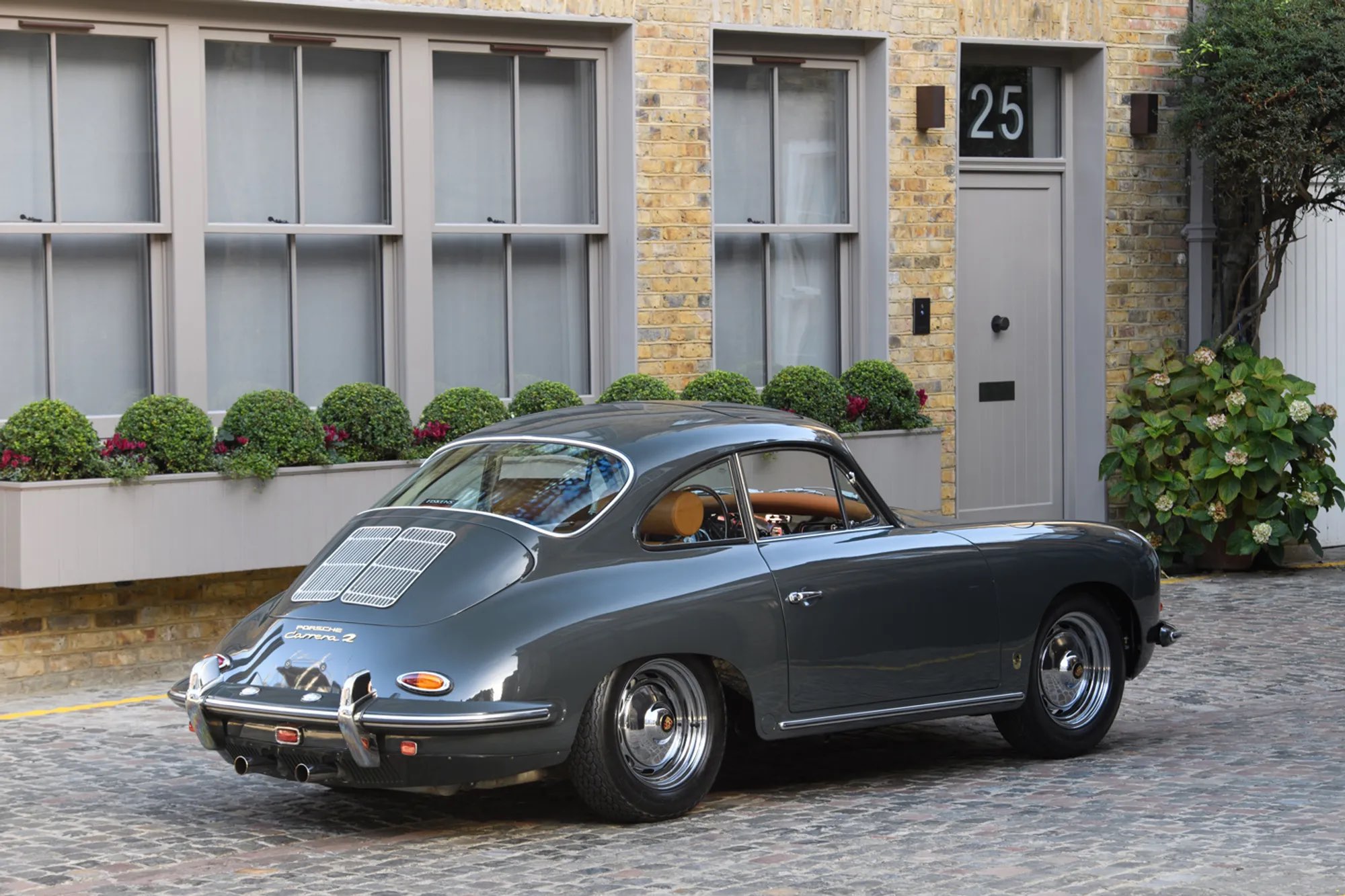
The Carrera versions of the 356, named after Porsche’s success in the Carrera Panamericana race, were high-performance models. They featured a more powerful and complex four-cam engine designed by Dr. Ernst Fuhrmann.
Buying Considerations
When purchasing a Porsche 356, it’s essential to consider the specific model and its historical context. Each variant brings a unique combination of design, performance, and collectability. Prospective buyers should thoroughly inspect the vehicle for common issues like rust, engine condition, and originality of parts. The market values of these cars vary significantly based on their condition, rarity, and originality.
Owning a Porsche 356 is more than just acquiring a classic car; it’s embracing a piece of automotive history. Each model and variant of the 356 tells a story of Porsche’s evolution and commitment to performance and design. Whether as an investment or for the sheer pleasure of driving, the Porsche 356 remains a timeless symbol of motoring excellence.
